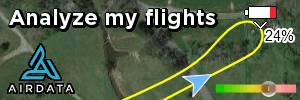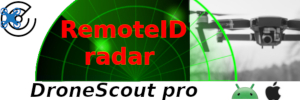
Birds seem to like the Mavic 3 Pro, and a few weeks back had a whole flock try to attack ....so now that I got some google-y eyes and some red reflective......has anyone recommendations of where to "safely" place these on a Mavic 3 Pro so that they don't interfere with any sensors. Maybe the tape is too wide and it needs to be cut into strips to fit??
Love to hear from anyone who has already been down this path and hasn't had any issues with blocking sensors/erratic flight ... etc? I have got smaller eyes too, so maybe they work better on the arms?????











